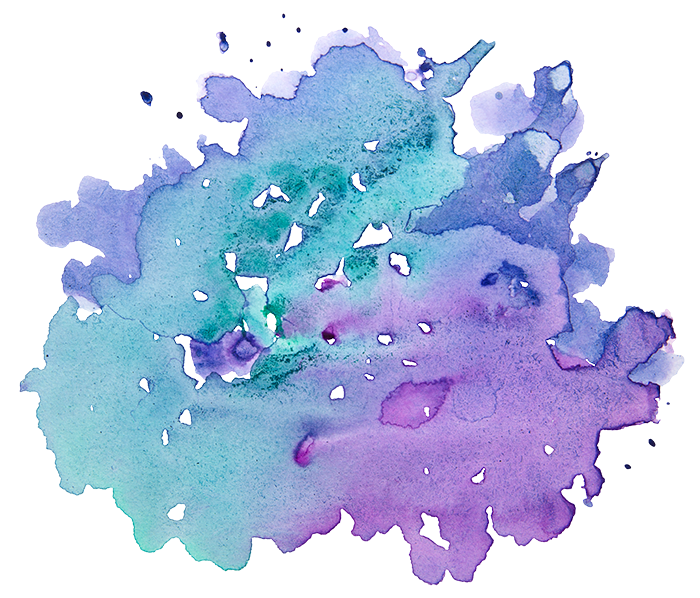Written by Rabbi Emma Kippley-Ogman
A few months ago, a well-meaning hasid from Jerusalem was trying to figure out what it meant for the woman he’d just seen lead a traditional mincha-maariv service to be both Jewishly observant and a rabbi. He asked me: Do you keep shabbes? Yes, I responded. You don’t drive? Right. Pause. Do you keep kosher? Yes, I responded. Pause. Taharas Hamishpacha? I was shocked. I wondered if he would ever ask a woman in his own community about this very personal practice. I considered chiding him about the immodesty of the question, but simply answered: yes. The very private mitzvah of monthly immersion is one of my favorite.
I started to learn about niddah in depth during college and began to think about the practice of niddah as a spiritual dimension of sexuality and self-awareness. Just as I would want all women to have access to and knowledge about the physical dimensions of sexuality, so they could make informed decisions about their bodies and their lives, so too would I hope that women, regardless of marital status, could learn about and choose to adopt a practice of niddah.
But my learning — about how the term taharat hamishpacha emerged from the objectionable late-nineteenth century purity movements in the United States and about the superstitions surrounding children born of women in niddah — challenged a simple acceptance of the practice as-is: I am much more drawn to the work of feminist scholars who use source texts to demonstrate the misogyny of niddah than the romantics who justify it as creating a monthly honeymoon.
Even with all of that, I decided to take the opportunity of transition inherent in getting married to begin to engage in several new mitzvos, including this one. For me, though, as I’ve decided to practice it, monthly immersion (like head covering) is not actually about my marriage or my husband, and it’s certainly not about a feeling that I am somehow impure or unclean – I know that the regular bathing practices of the present day get us cleaner than any immersion in a mikveh would.
Practicing niddah gives me the opportunity to live in an embodied way in a setting that pushes towards disconnection from the physical. In my wealthy, North American cultural context, there is little acknowledgment of the basic physicality of being human. We expect ourselves to function the same way at all times, often failing to truly care for ourselves when we are tired or sick, and we fear and try to avoid the physical processes of aging. Niddah invites me to respond to the physical reality of my being, to pay careful attention to what my monthly cycles have to offer. And for me, the practice becomes an opportunity for monthly reflection in the quiet space of the mikveh, a luxury that I would otherwise, without the sense of obligation, fail to make time for. I take the time to ask myself what the previous month has held and to express hopes and dreams for the month to come.
As a congregational rabbi, I often have evening minyanim and meetings, so it’s not always possible to make it to the mikveh under the traditional cover of darkness. One Friday morning, I ran into three colleagues at Mayyim Hayyim, there as a beit din to help someone become Jewish. Buoyed by the joy of that moment, they asked me what I was doing there. I’m here to use the mikveh, I told them, with a smile.
Ordained by the Rabbinical School of Hebrew College in 2010, Rabbi Emma Kippley-Ogman is Assistant Rabbi at Congregation Kehillath Israel in Brookline, MA.


